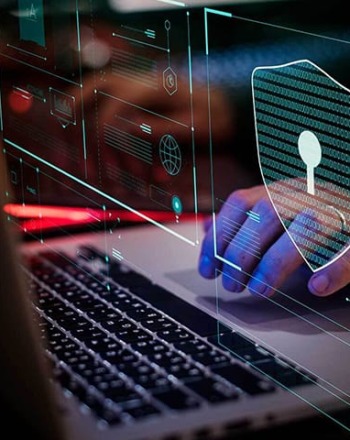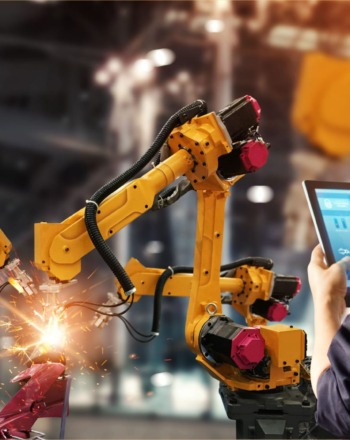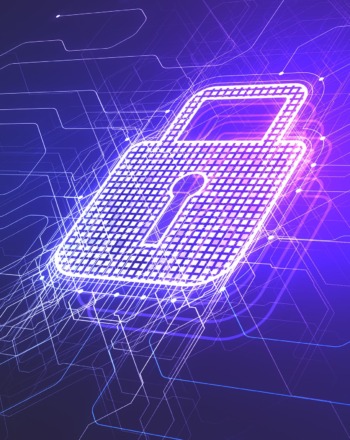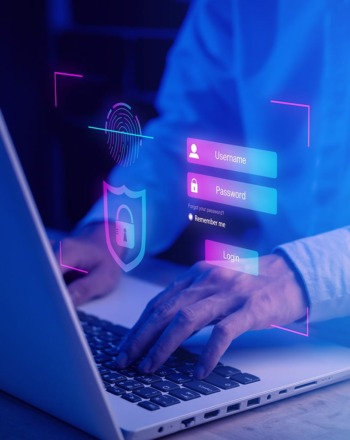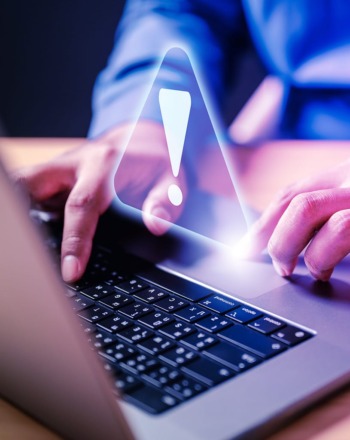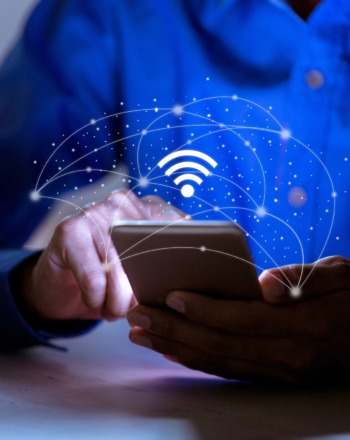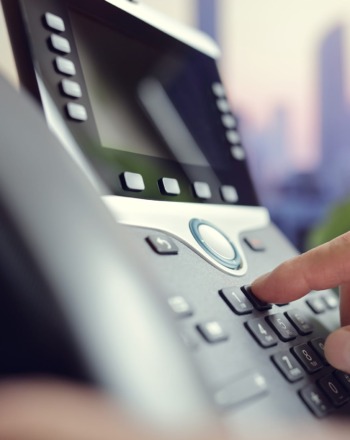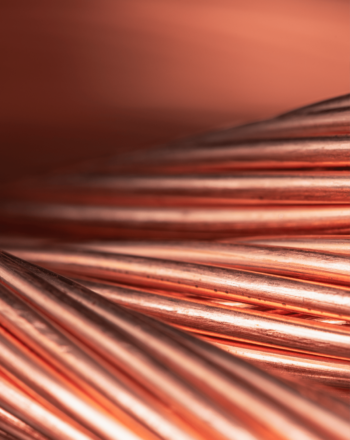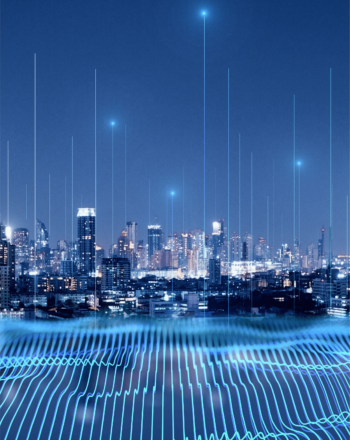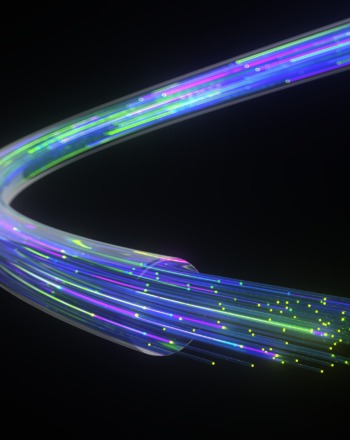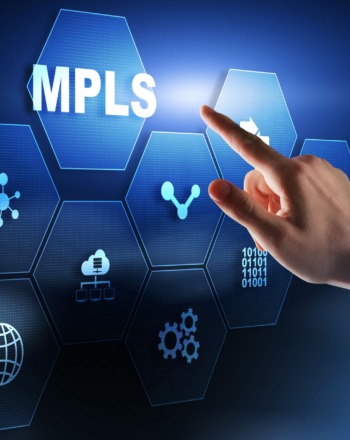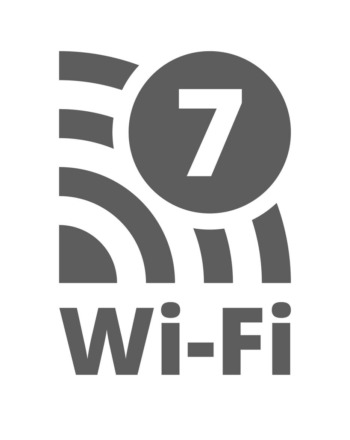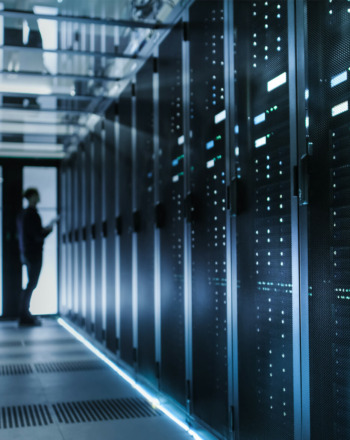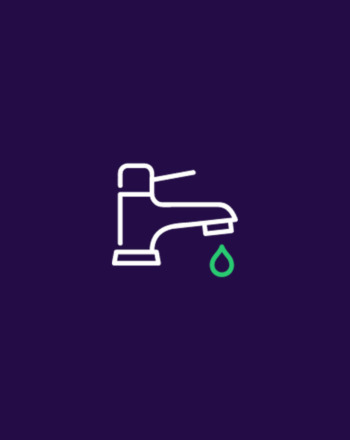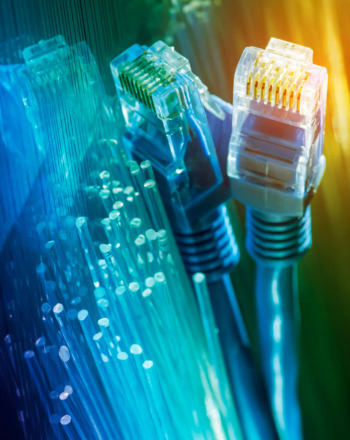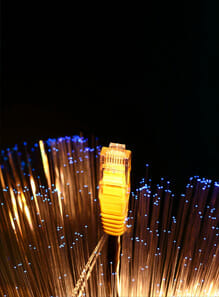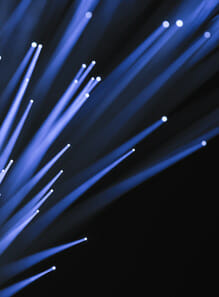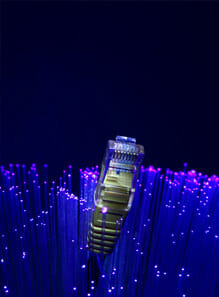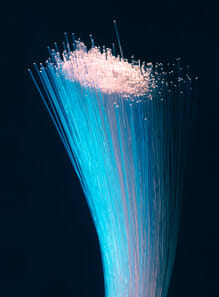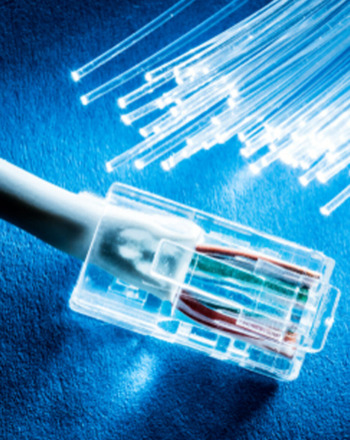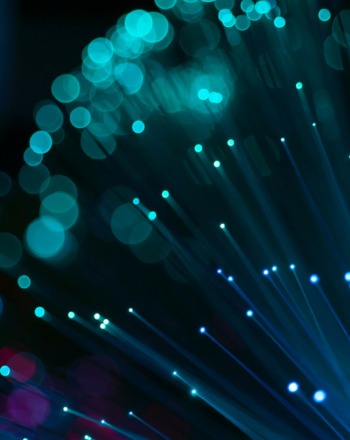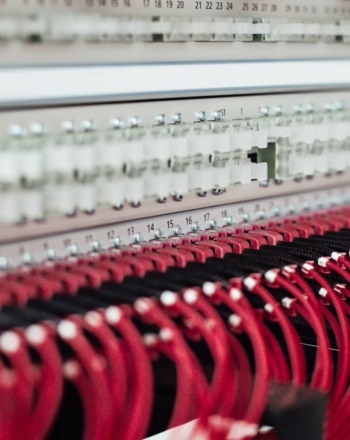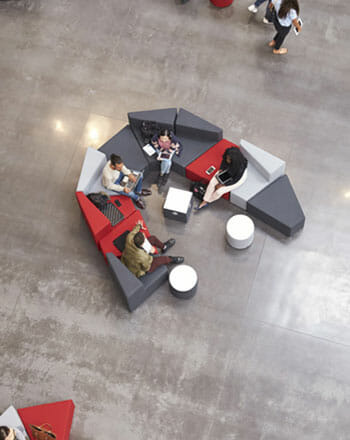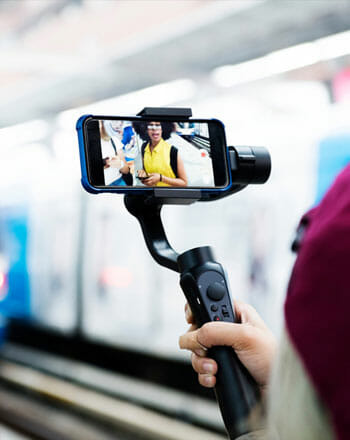The world around us is changing rapidly, and more and more things are labelled ‘SMART’. Smart devices are any commonplace objects that have been rendered sentient by the application of modern computing, such as artificial intelligence and machine learning, and then networked together to form the internet of things (IoT).
Have you wondered how Alexa can switch on your washing machine from another room? This blog will tell you everything you need to know about IoT.
History Of The Internet Of Things
When the first electromagnetic telegraph was invented, it made it possible for two machines to communicate with each other directly through the exchange of electrical signals. Despite this, the true beginning of the history of the Internet of Things can be traced back to the late 1960s with the establishment of the Internet.
The Internet of Things (IoT) is a concept that is still in its early stages of development. In the year 1999, Kevin Ashton was the one who initially put up the idea of an "internet of things."
The phrase gained widespread recognition and usage after Ashton utilised it as the title of his presentation for a new sensor project that he was working on.
How IoT Devices Work
The Internet of Things (IoT) is an ecosystem of interconnected, internet-enabled objects that use onboard computing and networking components, including sensors, processors, and wireless networking, to monitor and respond to their physical surroundings.
IoT devices connect to an IoT gateway or another device to communicate their collected sensor data. From there, the data is either transferred to the cloud to be analysed or processed locally.
Occasionally, these devices communicate with other linked devices and act based on the data they receive from one another.
Devices operate independently, while people are required for initial configuration, providing instructions, and data retrieval.
Examples of IoT
IoT devices are, in essence, smart gadgets that have internet connectivity support, can interact with other devices via the internet, and can offer a user remote access to the device so that it can be managed following the user's specific requirements.
There are several excellent products currently available on the market. You may already have a few of them in your home or would have seen them advertised.
The most popular and common devices include;
- Smart items- refrigerators, fire alarms, door locks, etc.
- Medical sensors
- Fitness trackers
Sensor Technology & IoT
The Internet of Things would not be possible without sensors playing a central role. They make it possible to establish an ecosystem for gathering and processing data about a particular environment, which allows for easier and more efficient monitoring, management, and control of that environment.
Many different sensors work alongside IoT. These can include:
- Temperature sensors can detect temperature changes because they measure the quantity of heat energy in a source. This enables them to translate the detected temperature changes into data.
- A pressure sensor senses changes in gases and liquids. When there is a change in pressure, the sensor can see it and relay that information to the associated systems.
- To identify nearby items without physically touching them, proximity sensors are typically utilised. These sensors emit electromagnetic fields or radiation beams, such as infrared, on a regular basis.
- Optical sensors can convert the light's beams into electrical impulses. Optical sensors have a wide range of possible applications and are used in various contexts.
- Level sensors can count a variety of things, including liquids, powders, and granular particles. The production of oil, the treatment of water, and the manufacturing of food and beverages are just some of the many industries that use level sensors.
IoT Solutions With Glide
More and more developers want to connect their build to rent properties, using Smart devices for comfort and ease. Potential buyers want to move into their first homes with all of the mod-cons setups, and landlords are doing more to accommodate this.
Furthermore, thanks to the Gen Z generations, colleges, universities, and even student accommodations are becoming more equipped based on IoT devices.
If you want to know more about how Glide can help, contact us today to discover the different solutions to make your home or work more connected.







